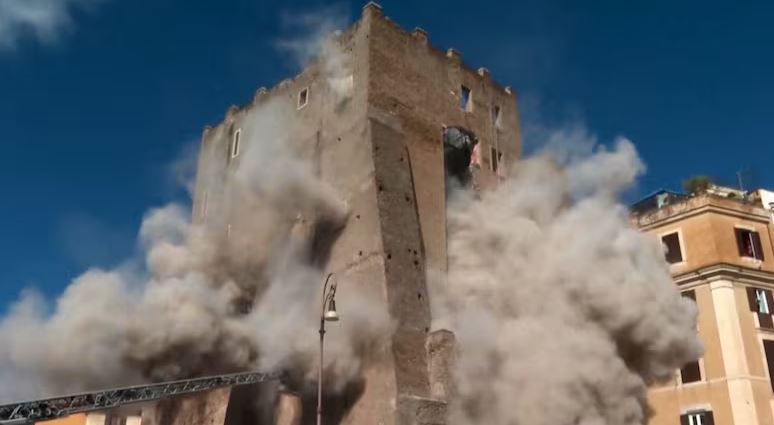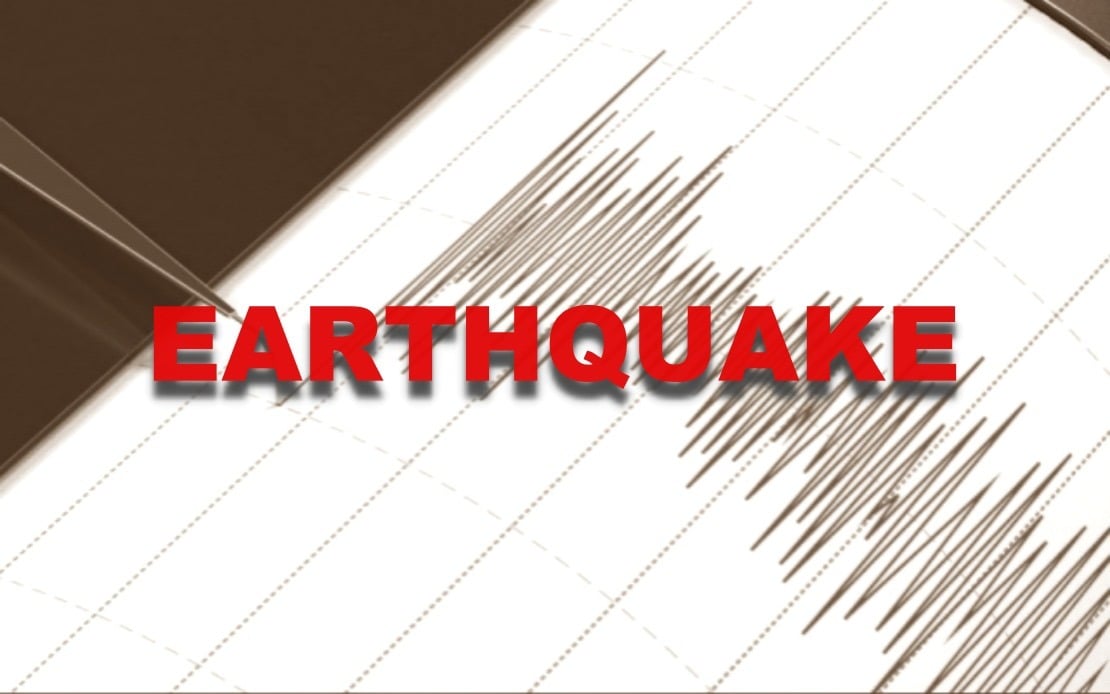NEW DELHI/LEH: As Ladakh struggles to restore calm after violent protests left four people dead, senior government officials admit they are puzzled by the unrest. They argue the region — once seen as peripheral to governance — has witnessed “unprecedented development” since its creation as a Union Territory under the J&K Reorganisation Act of 2019.
A senior official termed it “ironical” that agitators managed to stir trouble despite Ladakh’s post-2019 trajectory. “It was only after being carved out as a UT that we could focus on aspirations around connectivity, infrastructure, opportunities, and new administrative structures. People had celebrated the UT status, yet a fringe succeeded in provoking unrest,” the official observed.
Since 2019, the Centre has rolled out major initiatives across sectors. Connectivity and digital access were strengthened with 175 mobile towers and BharatNet’s extension to all 193 gram panchayats, while power transmission lines are now linking Nubra, Zanskar, and Changthang to the national grid. Education capacity expanded with the University of Ladakh, Sindhu Central University, and Ladakh’s first medical college, sanctioned in 2025 with 100 MBBS seats. A UPSC exam centre in Leh opened career avenues further, and by 2024, literacy had crossed 97%.
Traditional livelihoods also saw targeted support. Over 4,000 artisans benefitted from the PM Vishwakarma scheme, while nomadic pashmina herders received predator-proof corrals and portable shelters. Tourism nearly doubled — from 2.8 lakh arrivals in 2019 to over 5.2 lakh in 2023 — driven by initiatives like the Hanle Dark Sky Reserve and light-and-sound shows in Leh and Kargil.
Strategic connectivity has been a priority for the Border Roads Organisation. Projects such as the Darbuk–Shyok–DBO road ensuring year-round access to Galwan, Zoji-La tunnel, Nimmu–Padum–Darcha road, and the upcoming Shinkun La tunnel — set to be the world’s highest — have transformed access. Alongside the Bilaspur–Manali–Leh railway project and Nyoma airfield, these developments reinforce Ladakh’s role at India’s frontier.
Yet, officials concede that the current turmoil cannot be divorced from deeper political demands. Calls for statehood, Sixth Schedule protections, and greater local control over resources have persisted. The Apex Body of Leh and the Kargil Democratic Alliance have consistently pressed for constitutional safeguards to protect Ladakh’s fragile demography and ecology.
Analysts point out that measures like recognising local languages Bhoti and Purgi, extending reservations for domiciles and women in hill councils, and setting up a High-Powered Committee marked steps toward inclusion. But the unrest suggests that these efforts have not fully addressed anxieties over identity, representation, and autonomy.




